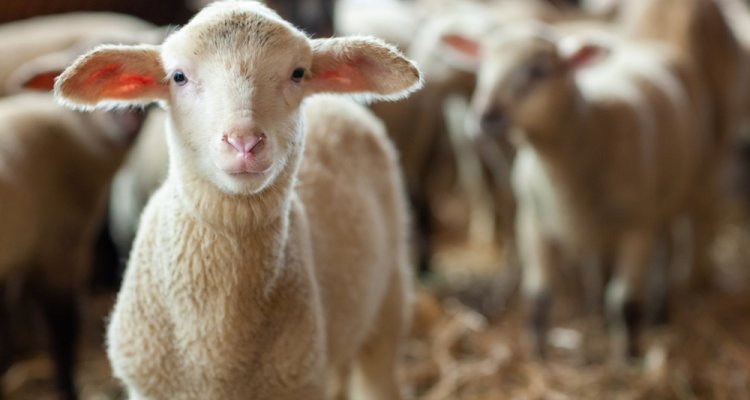
Indirect calorimetry
Energy metabolism is measured by means of indirect calorimetry. Indirect calorimetry is a method where heat production and the type and rate of substrate utilization are estimated in vivo starting from gas (O2, CO2 and CH4) exchange measurements.
This technique provides unique information, is non-invasive, and can be advantageously combined with other experimental methods to investigate numerous aspects of nutrient assimilation, thermogenesis, and energetics of physical activity. By means of animal calorimetry we can estimate energy costs of living. This research is important because it sheds light on how animal welfare and productivity is affected by housing conditions, health, climate and nutrition. When seizing the opportunity to use new techniques also more fundamental research questions can be answered.
Indirect calorimetry is combined with an on line technique to measure 13CO2 enrichment. The 13C enriched substrates can be used in metabolism studies as tracers to enhance knowledge on substrate kinetics and utilisation. Furthermore, within the calorimetry facilities, in individually as well as in group-housing settings, we use a radar-Doppler technique for continuous recording of physical activity of various animal species under various experimental conditions. Quantification of energy expenditure on physical activity is important because experimental treatments (e.g. diets, housing conditions) can affect animal behaviour.
The indirect calorimetry studies are performed at the the Climate Respiration Unit of the Department of Animal Sciences within the Wageningen University.